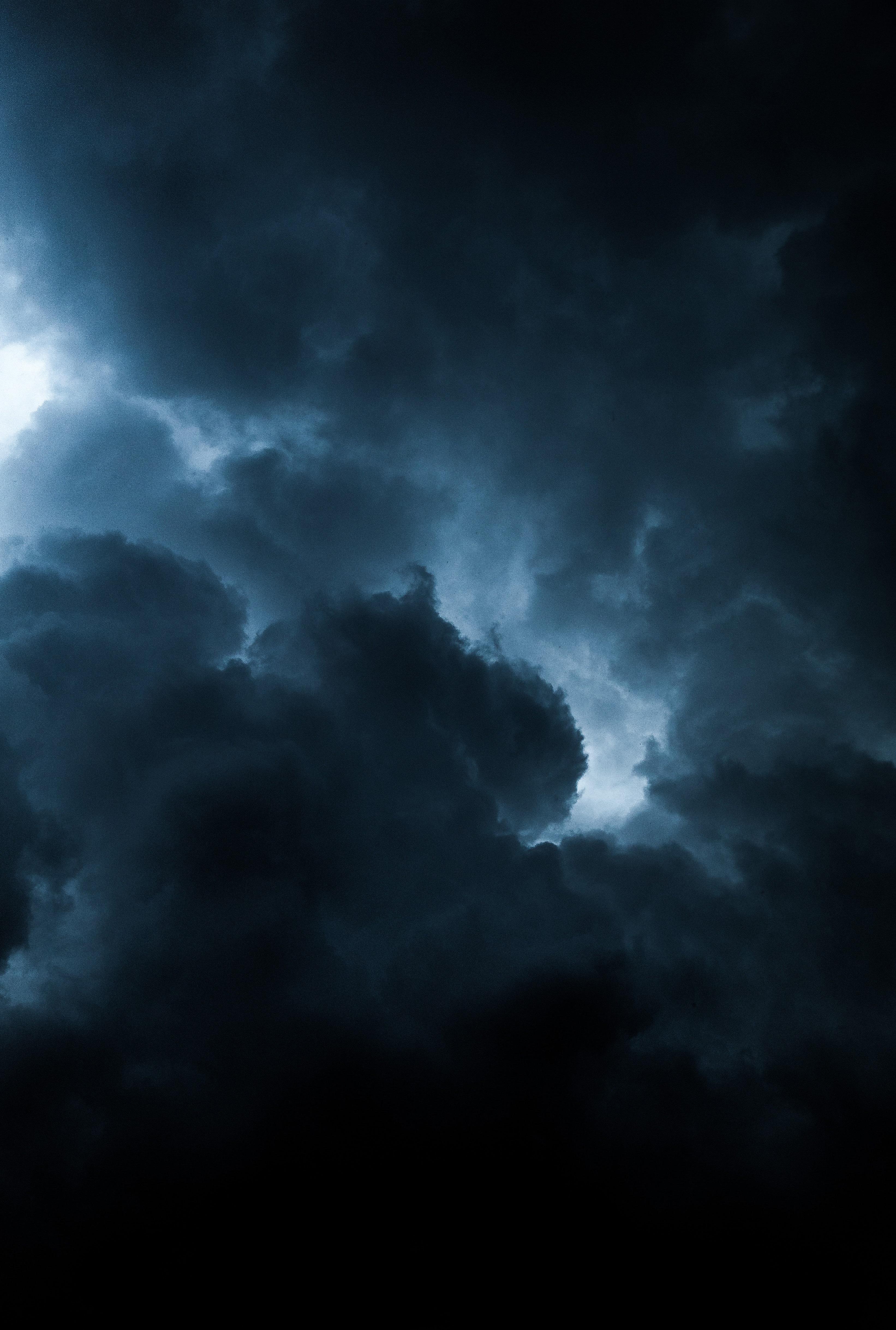
3 minute read
ENERGY PRICE INFLATION: THE PERFECT STORM
BY MORTEN HANSEN
The Insider suggested I write about the current energy price hikes around the world. I do this, sitting in a dark room supported by a single, lit candle and writing on old parchment with a feather, dipped in ink. After completion, I shall send the column by a letter-carrying pigeon to The Insider.
Advertisement
The reason for this: Trying to reduce my personal inflation rate coming from higher energy prices…
So what is behind these quite massive increases? The answer to us economists is of course simple: Demand and supply….
Supply of various energy sources has decreased recently, shifting the supply curve to the left: It has rained too little so hydropower supply has fallen. The wind has not been so active so too little has come from wind power (making my headline wrong: It is the lack of a perfect storm that is the problem…), due to the green transition several countries are in the process of phasing out coal and, in particular Germany, is phasing out nuclear power. Politics is involved, too: Are Putin and Gazprom deliberately reducing gas supplies? It is a very much a he said/she said debate at the moment. On the demand side we have, from our knowledge in micro, that demand for energy overall is quite price-inelastic due to lack of substitutes (in fact, I am of course writing this on my laptop, having electric light support me. With some luck, my wife picks up the bill…), making the demand curve steep. Decreasing supply, moving up a steep demand curve will have a large price effect, which is exactly what we see happening. Add to this, that demand for energy is up a lot due to the impact of corona virus on the economies subsiding. Air planes are flying again, goods are being transported in bigger amounts; all this requires energy.
In short, a demand curve that shifts to the right and is very steep, combined with a left-ward shifting supply curve and you have a big impact on prices.
Two economic-political conclusions:
1) I am surprised that policy makers did not see this coming (OK, not lack of rain or wind – but the sharp pick-up in energy demand. Entirely predictable).
2) The green transition is tricky – relying heavily on wind, solar and water when energy storage is not well-resolved is a problem. Back-up from traditional energy sources is still needed, whether people like it or not.

